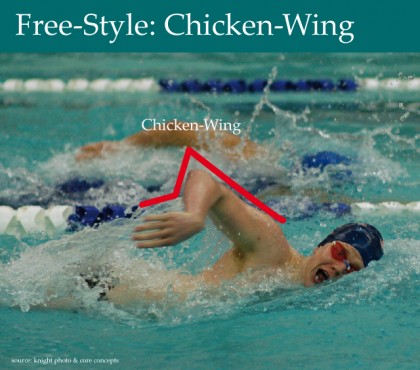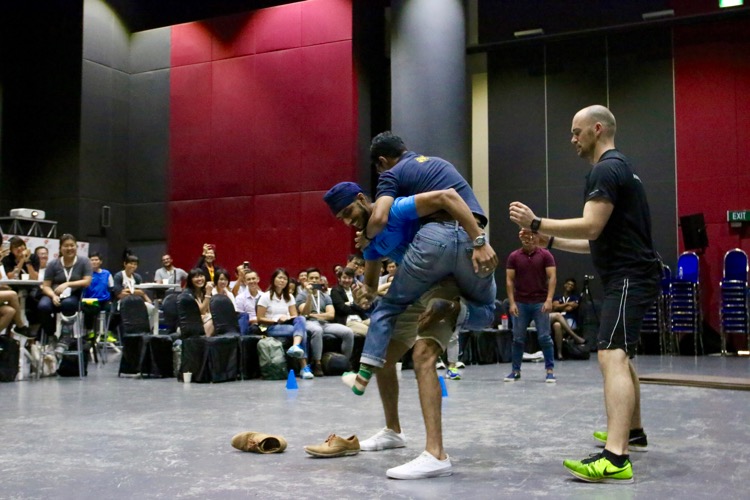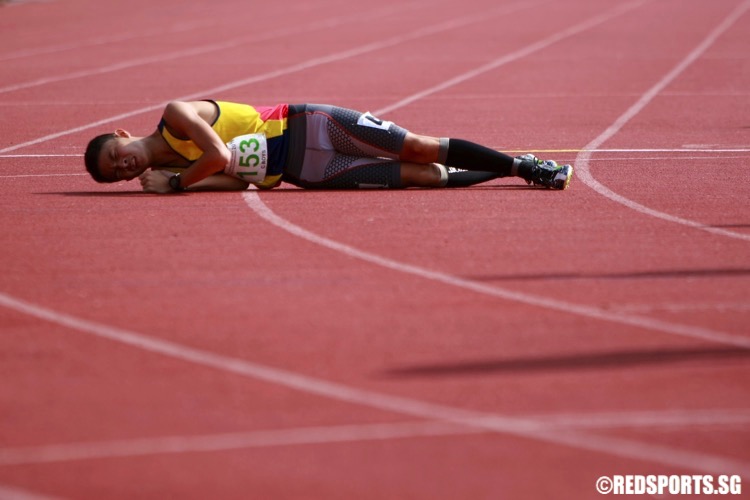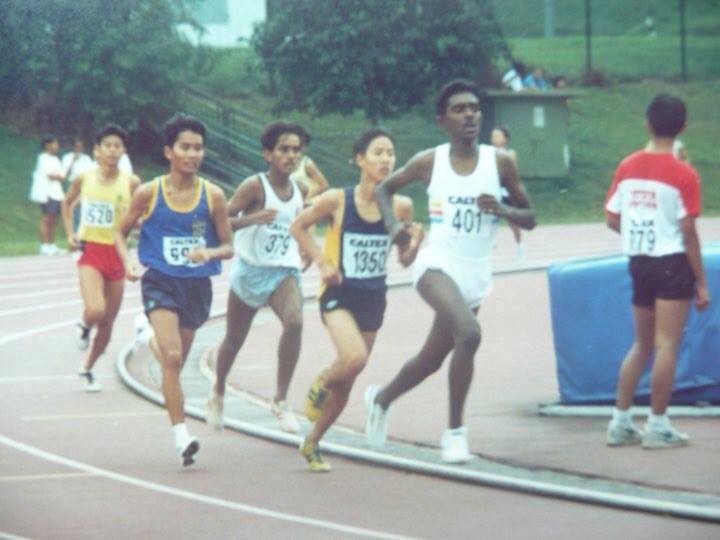By Calvin Sim, Senior Physiotherapist, Back2Sports
If you are serious about competitive freestyle swimming, you know that form matters. And if you are training competitively, you are more than likely (~66%) to be nursing some sort of shoulder injury. Recently, you heard from some that the “chicken wing” causes and aggravates shoulder injuries. Others say it doesn't. So should you chicken wing or not? Well, it is safe to get back into the water, because what matters is not whether, but how, you do the chicken wing.
 .
.
It’s All in the Shoulder
The key to chicken wing and avoiding excessive stress on the shoulder joint is the body-roll. When the swimmer does not roll sufficiently, the chicken-wing form compresses the arm and the shoulder blade together.
When swimmers train to increase the body-roll, two things limit their ability to do so:
1. Trunk flexibility
2. Core strength
Trunk Flexibility
When it comes to flexibility and stretching, especially for newer swimmers, the emphasis is on stretching the shoulders. This helps the swimmers reach backwards or forwards more easily. Swimmers sometimes pay inadequate attention (if at all) to the flexibility of their trunk and spine from the neck down.
Here are two basic stretches swimmers can do:
Thoracic Spine Extension
1. Lie on a foam roller underneath your shoulders and both knees bent.
2. Keeping bellybutton sucked in towards your spine, lift hips off the ground so your spine is parallel to the floor.
3. Gently roll back and forth so the roller covers the length of your shoulder blade.
4. Do 1 set for 1-2 minutes.
Lumbar Rotation Stretch
1. Sit up straight with one leg outstretched and the other leg bent so your ankle is behind opposite knee.
2. Rotate through your lumbar spine toward the bent knee side and rest elbow on opposite knee.
3. Do 3 sets x 30 second holds.
Core Strength
Strength training outside the pool is a must for serious athletes and should include strength training for their internal obliques and transversus abdominusThese two muscle groups hold the spine and body steady as it rolls. If the body roll is done in a vigorous and uncontrolled manner, the body thrashes around and causes drag.
Below are two exercises you can do to improve your core strength.
Forward Ball Roll
1. Kneel on the ground with elbows supported on a Fit-Ball with neck and back in neutral.
2. Slowly roll the ball out so the shoulders and hips both move as one unit. Keep your neck and back in neutral.
3. Move out as far as you can without losing neutral position.
4. 3 sets until fatigue for each set.
Side Planks
1. Lie on your side with upper body supported on your elbow. Make sure your entire body is perfectly straight as if you were standing.
2. Suck your bellybutton towards your spine and lift your hips off the ground. Keep your neck and back in neutral.
3. 3 sets until fatigue for each set.
Back2Sports – Sports Injury Management is a division of the Core Concepts Group, a leading musculo-skeletal therapy specialist group in Singapore. For more information, visit www.Back2Sports.com.sg.







super chim @.@